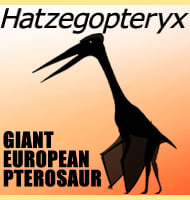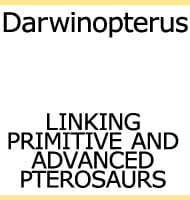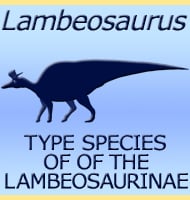Hatzegopteryx
In Depth Unfortunately very little fossil material for this pterosaur exists, but the post cranial remains of Hatzegopteryx do bare striking similarities to Quetzalcoatlus, even to point that some consider Hatzegopteryx to be a possible synonym of Quetzalcoatlus. There still is one subtle area of known difference, and this is the way that the jaws … Read more


